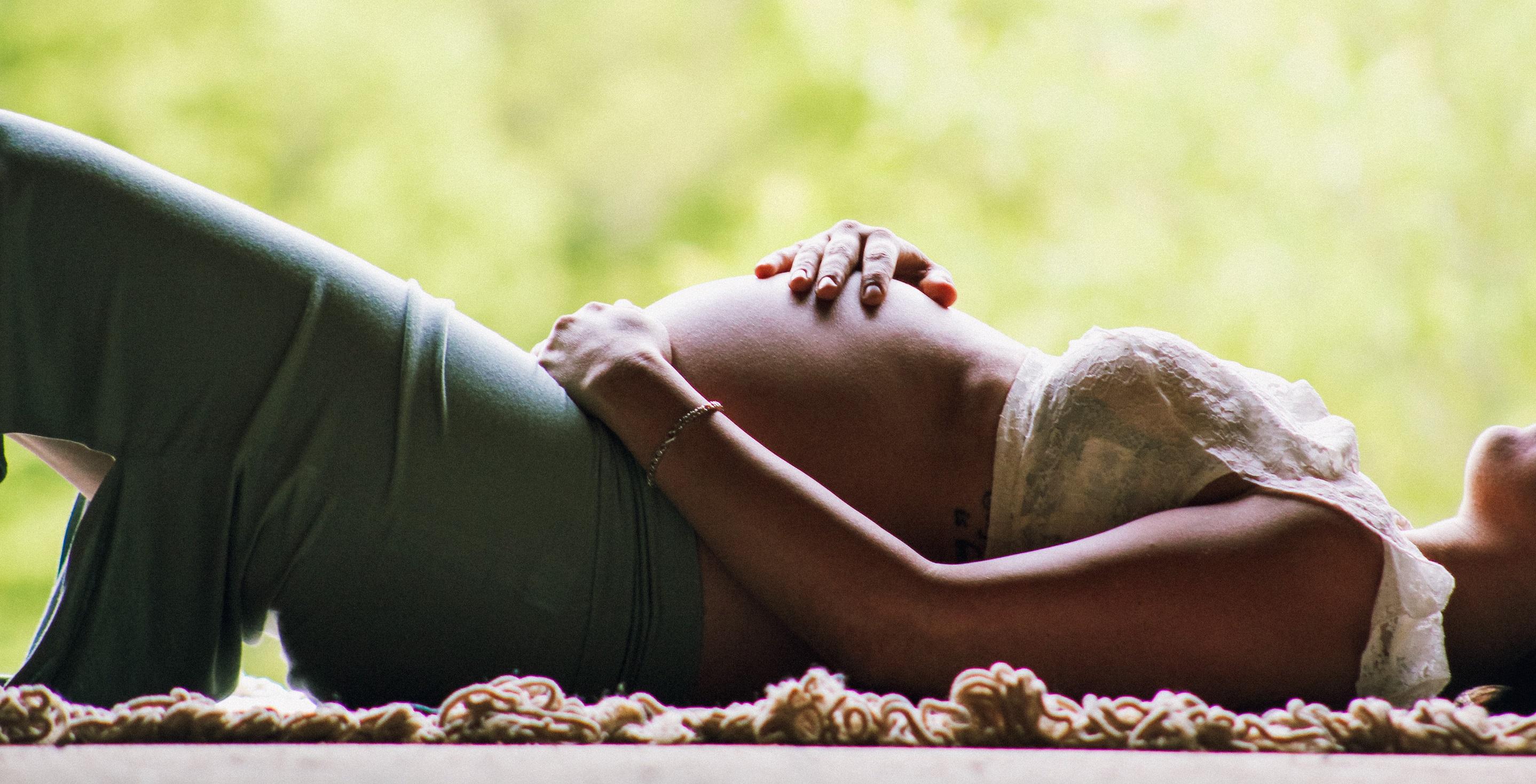- Home
- »Articles
- »Baby
- »Hypnobirthing
- »What is the History behind Hypnobirthing?



What is the History behind Hypnobirthing?
22 April 2023
You may have heard of hypnobirthing, a set of techniques aimed at making childbirth less difficult and painful for mothers. But what is hypnobirthing, and where did it come from? Read on to learn more about the history of this birthing method.
The Origins of Hypnobirthing
The origins of hypnobirthing can be traced back to the early 20th century. In the 1920s, a British doctor named Grantly Dick-Read published a book entitled Childbirth without Fear. In his book, Dr Dick-Read argued that the fear and pain of childbirth were primarily due to the psychological expectations of women. He believed that if women could experience childbirth without these negative expectations, they would experience little to no pain. Dr Dick-Read's book was controversial at the time, but it did lay the groundwork for hypnobirthing as we know it today.
The Lamaze Technique
In the 1950s, another doctor named Fernand Lamaze developed a pain-free childbirth method similar to Dick-Read's ideas. This approach, known as the Lamaze technique, relied on a combination of breathing exercises and relaxation techniques to help women cope with the pain of childbirth. The Lamaze technique was increasingly popular in the United States in the 1960s and 1970s and is still used by many women today. However, this technique does not focus on eliminating all pain during childbirth. Instead, it aims to help women cope with the pain by using distraction and relaxation techniques.
The Start of Modern Hypnobirthing
In the late 1980s, Marie Mongan, a trained hypnotherapist, developed a new method of childbirth inspired by the work of Dr Dick-Read and Fernand Lamaze and based on her own experiences of childbirth decades earlier. Marie Mongan was the first to use the name Hypnobirthing and her method was designed to help women achieve pain-free delivery. She believed that all women have the ability to give birth without pain but that most women have never been taught how to tap into this ability.
Hypnobirthing in the UK
Hypnobirthing quickly gained popularity in the United Kingdom, and it is now used by thousands of women every year. The method has been featured on several popular television shows, including One Born Every Minute and Call the Midwife. In some parts of the UK, NHS hospitals offer hypnobirthing classes to pregnant women. There are also private hypnobirthing practitioners who provide classes and one-on-one sessions. Learning hypnobirthing techniques can make the birthing experience calmer and more positive for mothers and can also help with mental health and self-coping mechanisms after the baby is born.
The Hypnobirthing Movement Today
The hypnobirthing movement is continuing to grow every day and has been endorsed by members of the Royal Family including Kate Middleton. More and more women are experiencing the benefits, and the number of hypnobirthing practitioners is increasing. If you're interested in learning more, many resources are available online and in bookstores. You can also contact a local hypnobirthing practitioner to learn more.
There are many different hypnobirthing methods available today. Still, they all share the same basic philosophy: that childbirth can be a calm and peaceful experience if the mother is adequately prepared and educated.
